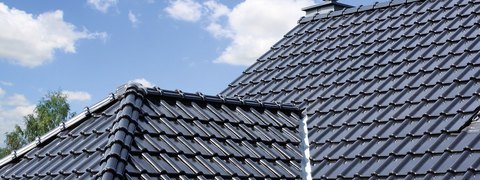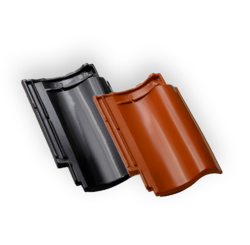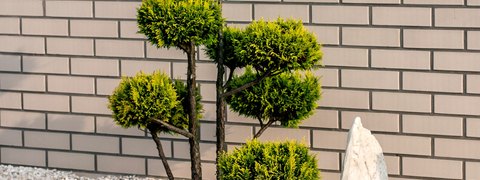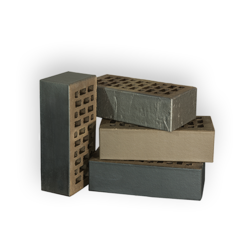Building a three – layer wall
The first method of construction involves erecting three layers: loadbearing, insulating and shielding, even before the roof is constructed. The second method divides the work into two stages.
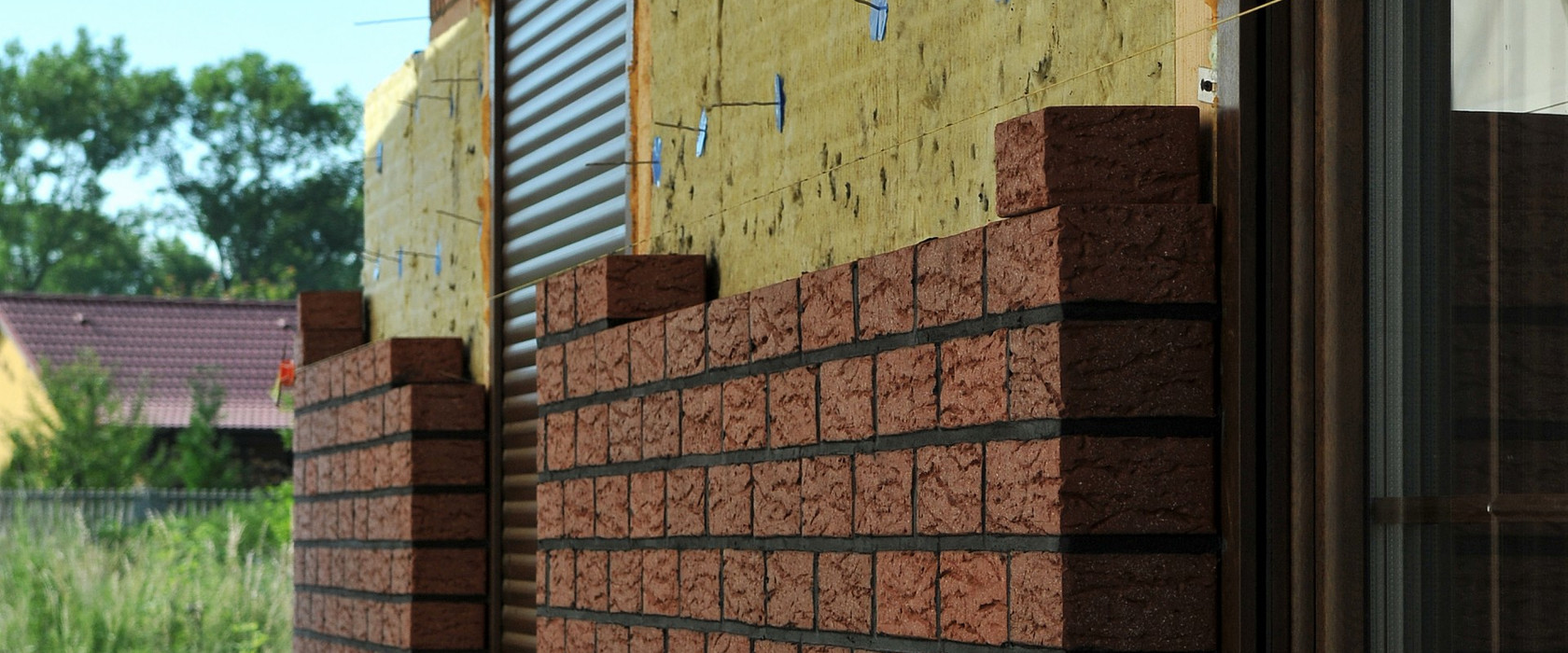
First, the loadbearing layer is erected, and only after covering the building with a roof, the insulating material is added and the brick facade is constructed. The elements connecting the façade bricks and the hollow bricks are the so-called anchor bolts, which are built in during the raising of loadbearing walls. The choice of a particular technique of raising three-layer walls depends solely on the contractor's decision. There are usually no guidelines or contraindications for utilizing a single-stage or two-stage method. The preferred solution, however, is the two-stage construction, when the shielding layer is placed when the house is already in the shell state. Why? The constructed roof will protect the insulating wool from soaking during construction. During the laying of wool and erection of the shielding wall, moisture and rain can contribute to the weakening of the insulation material.
If the wool gets wet, it is necessary to wait until it is dry - it usually consumes a considerable amount of time. It is a mistake to lay damp wool, as it may lead to appearance of stains, as well as mold, at a later stage. Covering the entire structure with a roof first allows to minimize this problem. Another argument in favor of the two-step method is the protection of façade bricks or clinker from damage that may occur during construction work on the roof. Pouring concrete on the roof always poses a risk of splashing the façade. This generates unnecessary cleaning costs, and it may even happen that cleaning the dirt off the clinker will be impossible. When we raise a shielding wall after the roof is finished, we avoid that risk.
